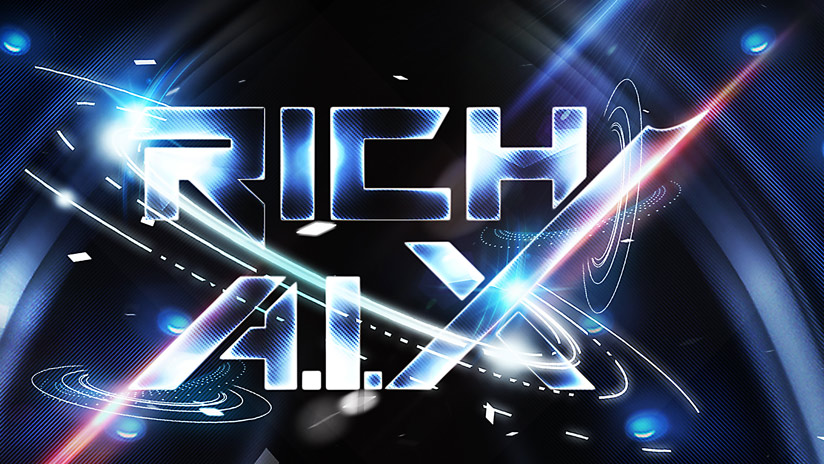What Is Generative AI? #GenerativeAI #GenAI #ChatGPT #BardAI
🤖 What is Generative AI? Tune in to today's video as we aim to clarify this cutting-edge technology for you!
🔍 Dive into the world of Generative AI, where innovation meets opportunity! From #ChatGPT to Google’s #Bard, the rise of #GenerativeAI has captivated minds worldwide, igniting a frenzy of professionals eager to harness its potential. Find the full course "The Future is AI: What CPAs need to know about Generative AI " by Garth Sheriff here: https://buff.ly/43phefw
Find the full course by clicking on the link in bio
-
At the heart of generative AI lies deep learning algorithms, particularly those based on neural networks. These algorithms are trained on large datasets to understand patterns, styles, and structures of input data, such as text, images, audio, or even code. Once trained, generative AI models can generate content by predicting and synthesizing new data based on the learned patterns.
There are several types of generative AI models, each specializing in different types of data and tasks:
Text Generation: Models like OpenAI's GPT (Generative Pre-trained Transformer) series, including ChatGPT, are renowned for their ability to generate coherent and contextually relevant text. They can generate anything from articles, stories, poems, to conversations, and more.
Image Generation: Generative Adversarial Networks (GANs) are commonly used for generating images. These models consist of two neural networks—a generator and a discriminator—that work together to produce realistic images. GANs have been used for creating photorealistic images, art, faces, and even generating scenes for video games and movies.
Music and Audio Generation: AI models have also been developed to generate music and audio. These models can compose music in various genres, mimic specific artists' styles, or even create entirely new musical pieces. Similarly, they can synthesize human-like voices for various applications, including virtual assistants and audiobooks.
Code Generation: Some generative #AI models are trained on code repositories and can generate code snippets or even entire programs. These models assist developers by automating repetitive tasks, suggesting code improvements, or generating code based on natural language descriptions.
Generative AI has numerous applications across industries, including content creation, design, entertainment, healthcare, finance, and more. However, its capabilities also raise ethical concerns, such as the potential for generating fake news, deepfakes, or biased content. As generative AI continues to advance, understanding its capabilities, limitations, and ethical implications becomes increasingly important.
🤖 What is Generative AI? Tune in to today’s video as we aim to clarify this cutting-edge technology for you!
🔍 Dive into the world of Generative AI, where innovation meets opportunity! From #ChatGPT to Google’s #Bard, the rise of #GenerativeAI has captivated minds worldwide, igniting a frenzy of professionals eager to harness its potential. Find the full course “The Future is AI: What CPAs need to know about Generative AI ” by Garth Sheriff here: https://buff.ly/43phefw
Find the full course by clicking on the link in bio
–
At the heart of generative AI lies deep learning algorithms, particularly those based on neural networks. These algorithms are trained on large datasets to understand patterns, styles, and structures of input data, such as text, images, audio, or even code. Once trained, generative AI models can generate content by predicting and synthesizing new data based on the learned patterns.
There are several types of generative AI models, each specializing in different types of data and tasks:
Text Generation: Models like OpenAI’s GPT (Generative Pre-trained Transformer) series, including ChatGPT, are renowned for their ability to generate coherent and contextually relevant text. They can generate anything from articles, stories, poems, to conversations, and more.
Image Generation: Generative Adversarial Networks (GANs) are commonly used for generating images. These models consist of two neural networks—a generator and a discriminator—that work together to produce realistic images. GANs have been used for creating photorealistic images, art, faces, and even generating scenes for video games and movies.
Music and Audio Generation: AI models have also been developed to generate music and audio. These models can compose music in various genres, mimic specific artists’ styles, or even create entirely new musical pieces. Similarly, they can synthesize human-like voices for various applications, including virtual assistants and audiobooks.
Code Generation: Some generative #AI models are trained on code repositories and can generate code snippets or even entire programs. These models assist developers by automating repetitive tasks, suggesting code improvements, or generating code based on natural language descriptions.
Generative AI has numerous applications across industries, including content creation, design, entertainment, healthcare, finance, and more. However, its capabilities also raise ethical concerns, such as the potential for generating fake news, deepfakes, or biased content. As generative AI continues to advance, understanding its capabilities, limitations, and ethical implications becomes increasingly important.











